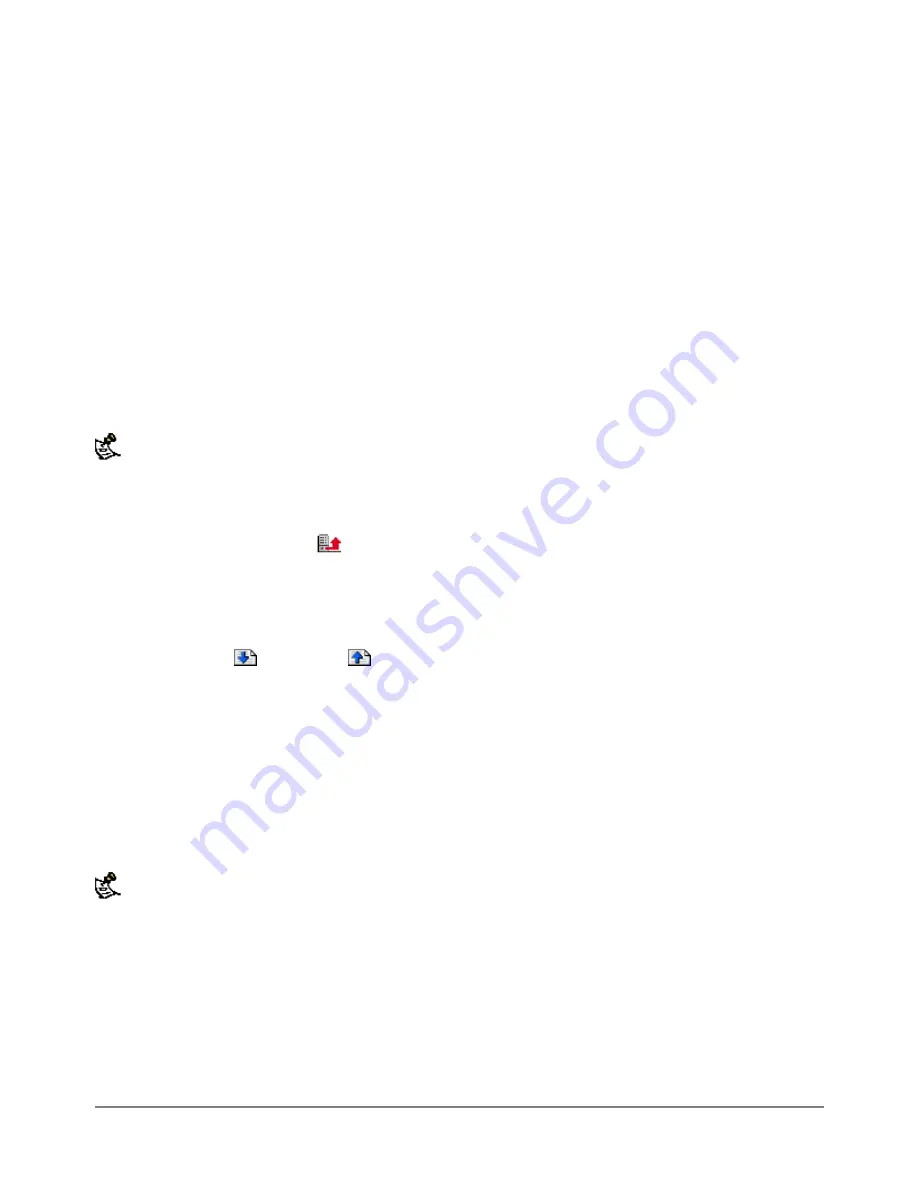
Uploading a URL block list
You can create a URL block list in a text editor and then upload the text file to the DFL-500. Add one URL to
each line of the text file. You can follow the URL with a space and then a 1 to enable or a zero (0) to disable
the URL. If you do not add this information to the text file, the DFL-500 automatically enables all of the URLs
in the block list when you upload the text file.
Sample URL block list text file
www.badsite.com/index 1
www.badsite.com/products 1
182.63.44.67/index 1
You can either create the URL block list yourself, or add a URL list created by a third-party URL block or
blacklist service. DFL-500 recommends downloading the squidGuard blacklists, available from
http://www.squidguard.org/blacklist/ as a starting point for creating your own URL block list. Three times a
week, the squidGuard robot searches the web for new URLs to add to the blacklists. You can upload the
squidGuard blacklists to the DFL-500, as a text file, with only minimal editing to remove comments at the top
of each list, and to combine the lists that you want into a single file.
All changes made to the URL block list using the web-based manager are lost when you upload a new list.
However, you can download your current URL list, add more URLs to it using a text editor and then upload the
edited list to the DFL-500.
·
In a text editor, create the list of URLs to block.
·
Using the web-based manager, go to
Web Filter > URL Block
.
·
Select Upload URL Block list
.
·
Enter the path and filename of your URL block list text file, or select Browse and locate the file.
·
Select OK to upload the file to the DFL-500.
·
Select Return to display the updated URL block list.
Each page of the URL block list displays 100 URLs.
·
Use Page Down
and Page Up
to navigate through the list.
·
You can continue to maintain the URL block list by making changes to the text file and uploading it again.
Remove scripts from web pages
Use the following procedure to configure the DFL-500 to remove scripts from web pages. You can configure
the DFL-500 to block Java Applets, Cookies, and ActiveX.
When the DFL-500 removes Java Applets, cookies, or ActiveX code from a web page, the DFL-500 writes a
message to the Event log.
Blocking of any of these items may prevent some web pages from working properly.
·
Go to
Web Filter > Script Filter
.
·
Select the filtering options that you want to enable.
You can block Java Applets, Cookies, and ActiveX.
·
Select Apply to enable script filtering.
Example script filter settings to block Java Applets and ActiveX
DFL-500 User Manual
101
Содержание DFL-500
Страница 1: ...DFL 500 V2 27 User Manual D Link Systems Inc DFL 500 User Manual 1 ...
Страница 102: ...DFL 500 User Manual 102 ...
Страница 136: ...DFL 500 User Manual 136 ...
Страница 140: ...Registration Register the D Link DFL 500 Office Firewall online at http www dlink com sales reg DFL 500 User Manual 140 ...






























